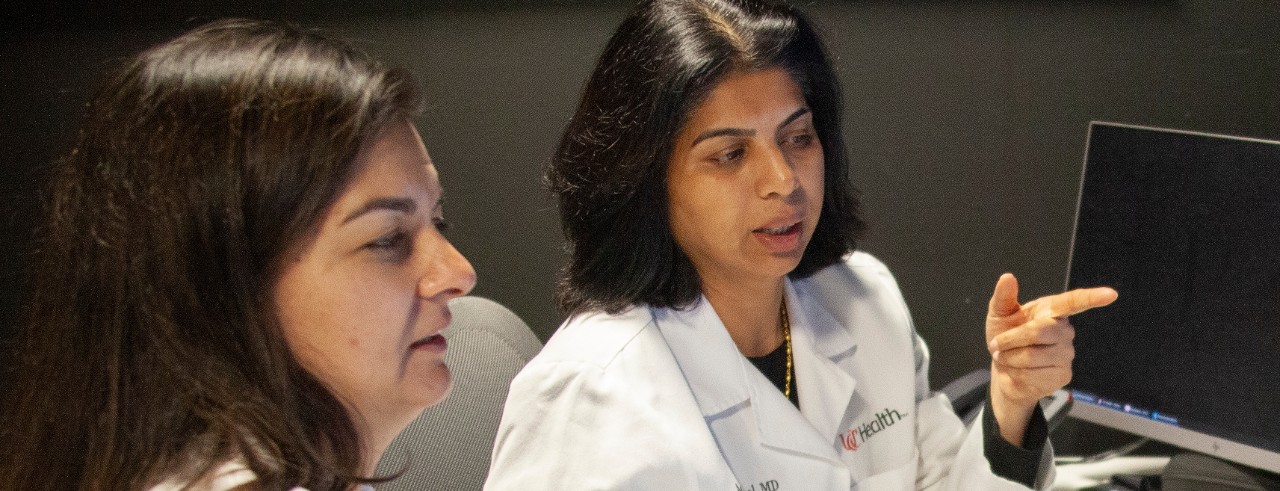
Local 12: UC expert discusses stroke research
The University of Cincinnati's Pooja Khatri, MD, joined Local 12's What's Happening in Health program to discuss advancements in stroke research.
Khatri serves as a co-director of the NIH StrokeNet National Coordinating Center housed at UC.
"We’re really honored to be able to be the national coordinating center for basically nearly all clinical trials in stroke that occur funded by the NIH," said Khatri, who also serves as a professor of neurology and director of the vascular neurology division in the UC College of Medicine’s Department of Neurology and Rehabilitation Sciences; co-director of the UC Gardner Neuroscience Institute Stroke Center of Excellence and a UC Health physician. "So we sort of get this bird’s eye view of everything happening in the country, and then we help make it happen and work with the sites all over the country."
UC was at the forefront of developing the first treatment for stroke, a drug called tPA, and continues to be a national leader in developing new treatments for acute stroke, advancements in stroke prevention and stroke recovery research, Khatri said.
Khatri reminded viewers to remember the acronym FAST in order to detect symptoms of a stroke:
- F = Face Drooping – Does one side of the face droop or is it numb? Ask the person to smile. Is the person's smile uneven?
- A = Arm Weakness – Is one arm weak or numb? Ask the person to raise both arms. Does one arm drift downward?
- S = Speech Difficulty – Is speech slurred?
- T = Time to call 911
Watch the What's Happening in Health segment. (Note: Segment begins around 5:50 mark.)
Watch or read the Local 12 news story on UC stroke research.
Featured photo at top of Khatri, left, and Achala Vagal, MD, right. Photo/Ravenna Rutledge/University of Cincinnati.
Related Stories
UC marks 4 years saving lives with mobile stroke unit
August 15, 2024
The University of Cincinnati's Christopher Richards spoke with Local 12 about the four-year anniversary of the mobile stroke unit that can bring the emergency department directly to patients.
UC, Children's join $20 million statewide research effort
August 16, 2024
The Cincinnati Business Courier highlighted the University of Cincinnati and Cincinnati Children’s being part of a collaborative research initiative designed to identify the root causes of the ongoing epidemic of persistent emotional distress, suicide and drug overdose in the state of Ohio.
Cape Girardeau, Missouri news highlights UC clinical trial
February 20, 2024
KFVS-TV in Cape Girardeau, Missouri highlighted a University of Cincinnati clinical trial testing a wearable neurostimulation device to help patients with opioid use disorder and post-traumatic stress disorder stick with medication treatment while finding the right dose.
